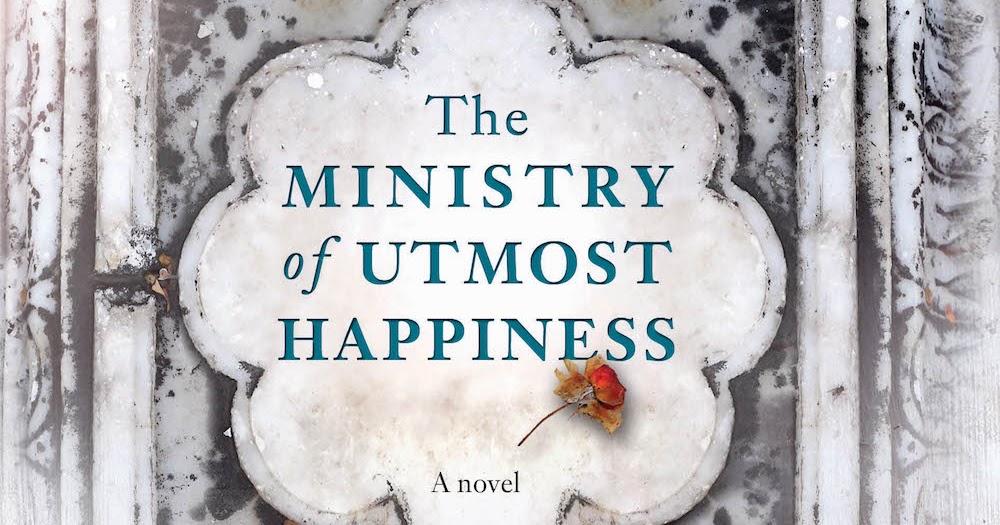In Focus
What Is An ‘Urban Naxal’?
The tussle between human rights organisation and the government has been going on for a long time, but recently the sourness has reached to an all new level of collective dissent. The cause being the sudden arrest of some firebrand intellectuals who work on grass-root levels
Text Credits: Shibul Pavithran
This article is an attempt to argue with the narrative that rebellion is not only possible, but sometimes its the absolute necessity to combat autocracy. An appropriate definition of terrorism could be based upon accepted international laws and principles regarding what behaviors are permitted in conventional wars between nations. The normal version would be relating to a state of war between two countries, that can be extended without difficulty to a conflict between a non-governmental organization and a state. This extended version would thus differentiate between guerrilla warfare and terrorism. The aims of terrorism and guerrilla warfare may well be identical; but their modes of operation may be quite different from each other. The guerrilla fighters usually target military, state and tyranny, while the terrorist deliberately targets civilians. By this definition, one can fairly say that guerrilla warfare is not an act of using power to hurt civilians but rather it is; using power to fight power. It is an act of revolt which goes against the unfair rule of the land, and in the due process takes care of the marginalized and ignored bunch of people.
Some one has rightly said that: “One man’s terrorist is another man’s freedom fighter” – Unknown
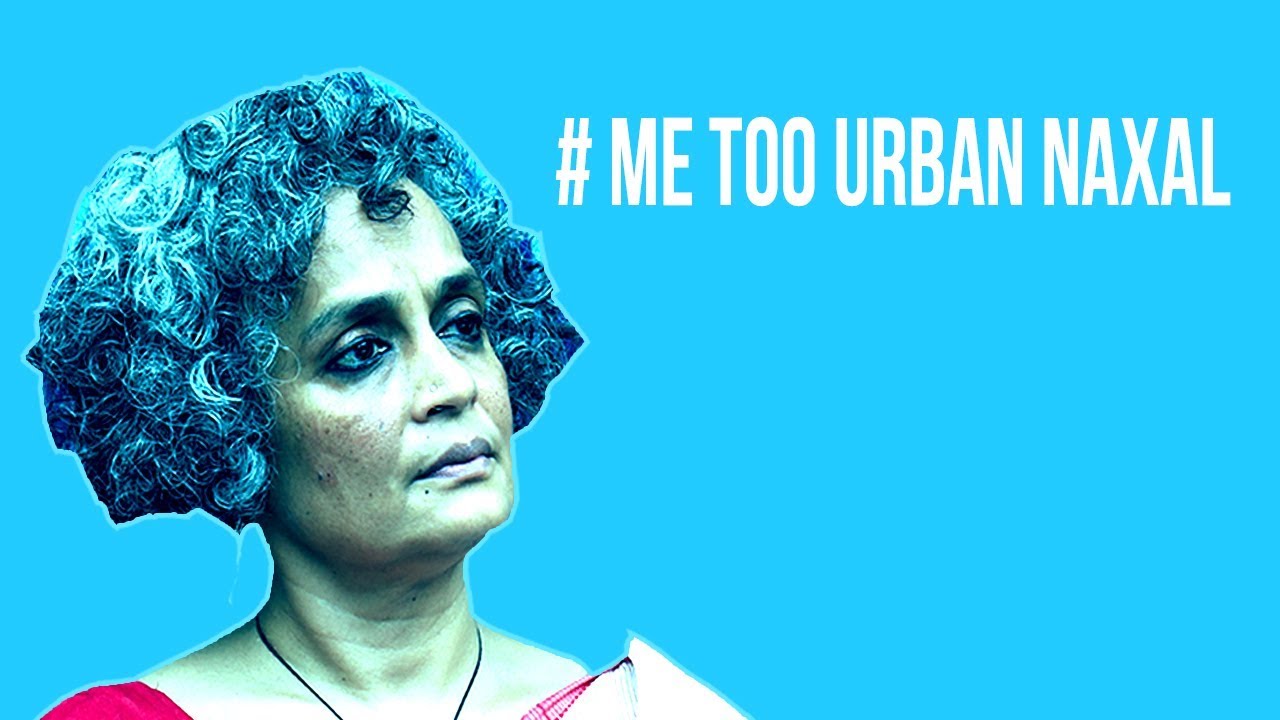
Source: theleaflet.in
Urban Naxal
Urban Naxal, the term has been coined and intentionally put forth in the public discourse to threaten and challenge the mere voice of dissent. The phrase loosely means people of Naxalite bent of mind who reside in urban areas and work as activists, supporters and protectors of the ideology while the active Naxals battle it out in the jungles and vast swathes of Maoist-dominated areas. And it is the perfect time in history to hit a refresh button and re-understand the original term: Naxals .

Source: The Week
Naxal entered Indian glossary in the decade of 1960 and has acquired a certain meaning over the years. The term Naxal comes from a village called Naxalbari in Siliguri district of West Bengal. Naxalism is understood at two levels – as a socio-economic issue and a law and order problem. The people who were involved in the launching Naxal operations/movement were frustrated with growing inequality among the various classes of society and government’s apathy to address the routine grievances of the poor. They launched armed rebellion against the system and the government dealt with it as a law and order problem.
The recent outrage

There has been a recent outburst all around India since the unprecedented arrest of five people by Maharashtra police, they were literally picked up from their houses, all of sudden, without any notice in connection with the Bhima Koregaon violence and have been accused to plan a conspiracy to kill PM Narendra Modi. Those arrested are well known social activists and professors. The police have have said they are Urban Naxals and have naxalite and maoist connections. A brief profile of the five activists arrested who were arrested are:
1)Vernon Gonsalves: He is a writer, social activist, poet and trade unionist, who was arrested in 2007 under similar charges. The security agencies had filed 20 cases against him, of which he was acquitted in 17. He was formerly a professor of Business Organisation at a prominent Mumbai college.
2)Arun Ferreira: Ferreira is a Mumbai-based human rights activist and lawyer. He is an alumnus of the St Xavier’s college. In 2007, Ferreira was detained for of being an alleged Naxal operative; however, he was later acquitted. He was charged in 11 cases and had been acquitted from all of them in 2011. Ferreira was part of the ‘Indian Association of People’s Lawyers and and the Committee for Protection of Democratic Rights.
3)Gautam Navlakha: He is a journalist, civil rights activists and is an editorial consultant of the Economic and Political Weekly. He has been a convener of the International People’s Tribunal on Human Rights and Justice in Kashmir and the secretary of People’s Union for Democratic Rights (PUDR).
4) Sudha Bharadwaj: Bharadwaj is an independent civil rights lawyer and activist who has been working in Chhattisgarh for 29 years now. The 54-year-old is the general secretary of the Chhattisgarh People’s Union for Civil Liberties (PUCL), and the founder of Janhit, a lawyers collective. Bharadwaj was born in the USA and gave up her citizenship and returned to India at a very young age. She graduated from IIT-Kanpur with an integrated degree in Mathematics. After witnessing the poor condition of labour and working class in several states when she had been a student, Bharadwaj moved to Chhattisgarh to work toward providing better opportunities and working and living conditions to the people of Chhattisgarh who work in mines and plants.
5) Varavara Rao: Revolutionary writer, poet, sharp critic of the current government and a naxalite sympathizer. He has been writing revolutionary poetry since 1957 and founded Srujana (creation), which is a forum for modern Telugu literature. Rao is currently 77 years old and was one of the founders of Viplava Rachayitala Sangahm (Revolutionary Writers’ Association), popularly known by its acronym Virasam, that supports and propagates Naxalite ideology and practice. He was associated with many a progressive and revolutionary journal in Telugu.
Intellectuals such as Arundhati Roy, Aruna Roy, Prashant Bhushan and Ramachandra Guha have condemned the recent arrest of these five activists and highly spoke against government’s stance about their arrest. Arundhati said,“This is an attempt to divert attention from the losing popularity that the BJP is facing right now and to fracture Opposition unity. This means we are living in a dangerous time and there will be a ruthless and continuous attempt to divert attention from the loss of popularity. Divide and rule is an old method but now it is divert and rule.” And ever since their arrest the social media is raging with hashtags such as #urbannaxal and #metoourbannaxal.
Cover Story
Unraveling the Mystique: Leap Day Myths from Around the Globe

Leap day, that enigmatic extra day added to our calendars every four years, has long been shrouded in mystery and folklore. Across cultures and continents, various myths and beliefs have emerged surrounding this rare occurrence. Let’s embark on a journey to explore some of the fascinating leap day myths from around the world.
The Irish Tradition of Women Proposing:

One of the most well-known leap day traditions originates from Ireland. According to Irish folklore, St. Bridget struck a deal with St. Patrick, allowing women to propose to men every leap day. It was believed that this reversal of traditional gender roles would bring good luck and fortune to the couple. While this custom may seem antiquated in modern times, it serves as a reminder of the evolving nature of societal norms and the persistence of age-old customs.
Greek Superstitions:

In Greece, leap years are often associated with superstitions and caution. It is believed that any actions taken during a leap year, especially major decisions like marriage or starting a business, may be fraught with misfortune. Consequently, many Greeks prefer to postpone significant endeavors until the following year, avoiding the perceived risks associated with leap years. This superstition highlights the deeply ingrained cultural beliefs surrounding auspicious timing and the fear of tempting fate.
Leap Day Babies:

For individuals born on February 29th, known as leap day babies or leaplings, their birthdays hold a special significance that transcends conventional calendar dates. In various cultures, leap day babies are said to possess unique qualities or destinies. Some believe they are endowed with good luck, while others consider them to be blessed with eternal youth. Regardless of the superstitions, leap day babies serve as a reminder of the extraordinary nature of time and the quirks of our calendar system.
The Perplexing Aztec Calendar:

Among the ancient civilizations of Mesoamerica, such as the Aztecs, leap years held particular significance within their complex calendrical systems. The Aztec calendar, known as the Xiuhpohualli, consisted of 365 days divided into 18 months, with an additional five “nameless” days at the end of the year. To reconcile the solar year with their calendar, the Aztecs periodically inserted leap days, known as Nemontemi, to ensure alignment with the agricultural and celestial cycles. These leap days were associated with rituals and ceremonies, underscoring the interconnectedness of time, culture, and cosmology.
Lunar Leap Day in China:

In traditional Chinese culture, leap years are intricately linked to the lunar calendar and the celebration of the Chinese New Year. Known as a “leap lunar month,” this phenomenon occurs approximately every three years within the Chinese calendar cycle. During a leap lunar month, an extra lunar month is added to maintain synchronization with the solar year. This adjustment ensures that traditional festivities, such as the Lunar New Year, occur at the appropriate seasonal intervals, preserving centuries-old customs and cultural heritage.
Leap day serves as a captivating intersection of timekeeping, tradition, and folklore, weaving a tapestry of myths and beliefs from diverse cultures around the world. Whether it’s the Irish tradition of women proposing, Greek superstitions, the enigmatic Aztec calendar, or the intricacies of the Chinese lunar cycle, leap day continues to captivate our imagination and inspire wonder. As we embrace the fleeting nature of this extra day, let us reflect on the rich tapestry of human ingenuity and the enduring legacy of our collective beliefs and customs.
Beauty
Jennifer Lopez’s Daring Fashion Choice: A Wetsuit-Inspired Gown Steals the Spotlight on the Red Carpet

When it comes to making a statement on the red carpet, Jennifer Lopez is no stranger to turning heads. The multi-talented star recently attended the premiere of “The Flash” to support her husband, Ben Affleck, who reprises his role as Batman. While their public display of affection grabbed attention, it was their coordinated and eye-catching outfits that truly stole the show. Lending her style expertise, J Lo stepped out in a bold and unconventional gown inspired by wetsuit designs, proving that she continues to push the boundaries of fashion.

Styled by the talented duo Rob Zangardi and Mariel Haen, her gown was a striking creation from Gucci’s resort 2023 collection, fresh off the runways of Seoul. The ensemble featured a sleek black zip-up bodice reminiscent of scuba suits, adding a unique and unexpected element to the traditional red carpet attire. Contrasting the sporty top, a flowing peach satin maxi skirt with a long train exuded elegance and femininity.
While the gown was originally presented on the runway with a fully zipped-up collar, J Lo made a daring choice to unzip hers just above the belly button. This modification transformed the look into a more revealing and sensual ensemble, showcasing the star’s confidence and willingness to embrace risks. With every step, the gown accentuated her enviable figure, commanding attention and setting a new standard for red carpet fashion.
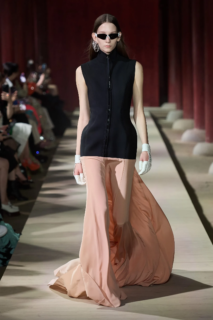
To complete her show-stopping look, Jennifer Lopez made careful choices when it came to accessories. She opted for a pair of white leather platform pumps from Gucci, elevating her height and adding a touch of sophistication. The choice of accessories further emphasized the fusion of sporty and elegant elements in her outfit. Complementing the gown’s black bodice, she adorned herself with exquisite jewelry pieces from Daniela Villegas and Le Vian, adding a touch of luxury and sparkle. Carrying a sleek black leather clutch bag by Kurt Geiger, J Lo effortlessly showcased her ability to curate every aspect of her ensemble.
One cannot overlook the sartorial synchrony between Jennifer Lopez and her husband, Ben Affleck. Affleck, known for his impeccable red carpet style, consistently mirrors the overall vibe of J Lo’s look. For the premiere, he opted for an all-black ensemble, comprising a sleek black suit, a matching black shirt, and polished black leather dress shoes. The couple’s synchronized fashion choices not only showcase their undeniable chemistry but also demonstrate their commitment to presenting a cohesive and visually appealing appearance together.
Jennifer Lopez continues to push fashion boundaries and surprise the world with her red carpet choices. Her wetsuit-inspired gown at “The Flash” premiere exemplifies her fearless approach to style. By incorporating sporty elements into a sophisticated ensemble, she proves that fashion can be both daring and elegant. Alongside her partner Ben Affleck, the power couple’s synchronized looks create an awe-inspiring visual spectacle, solidifying their status as fashion icons. J Lo’s ability to effortlessly command attention and make fashion statements ensures that she remains an influential force in the world of celebrity style.
Fashion
Unveiling the Mystery : The Rise of ‘Quiet Luxury’ – The Viral and Ultra-Expensive Fashion Trend Followed by Billionaires
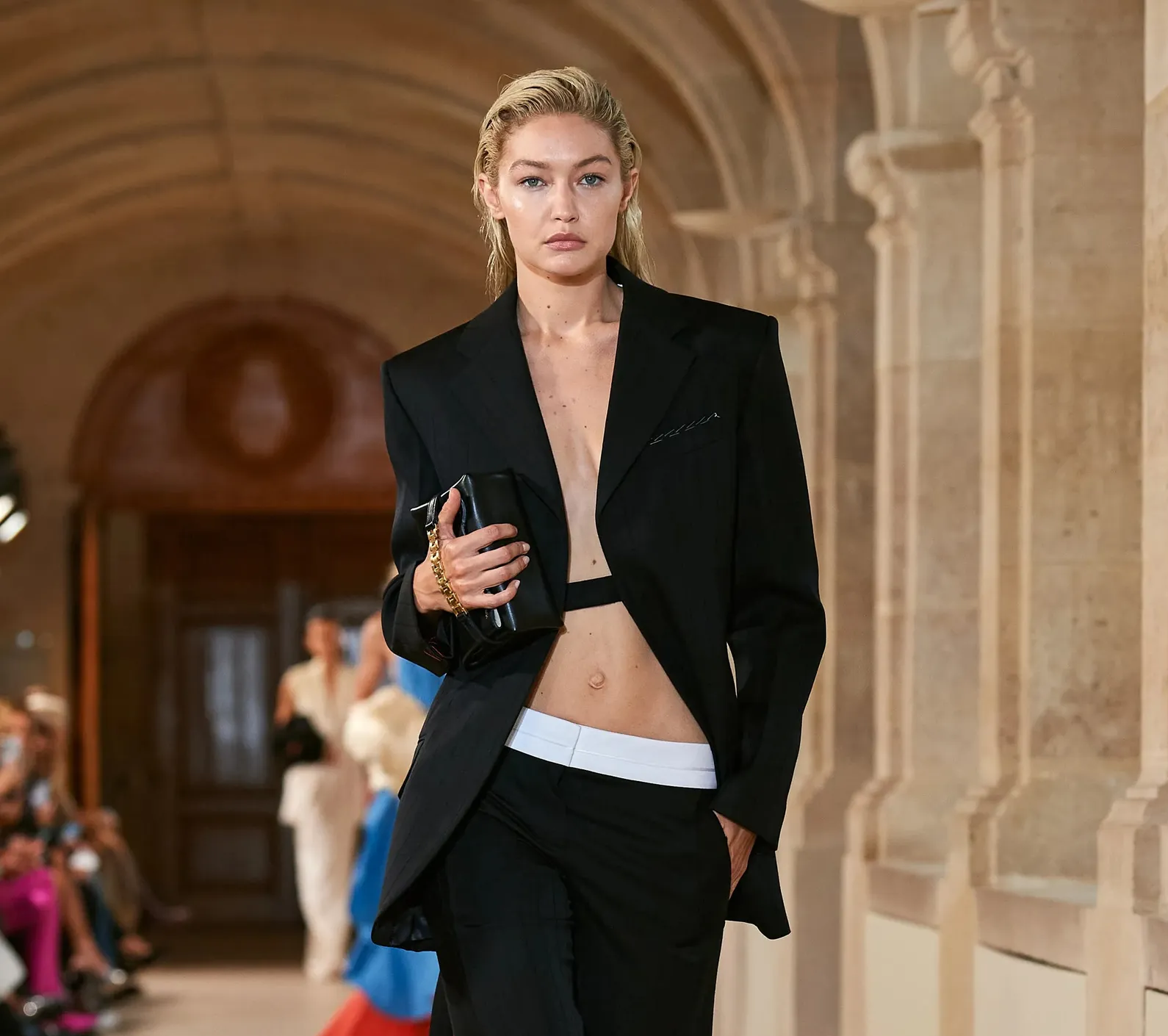
In the world of fashion, where flamboyance and opulence often take center stage, a new trend has quietly emerged, captivating the attention of celebrities, billionaires, and fashion enthusiasts alike. Known as “Quiet Luxury,” this viral and ultra-expensive fashion trend is causing waves in the industry, challenging the conventional notions of wealth display and style.
While many high-end luxury brands are known for their ostentatious and eye-catching designs, ‘Quiet Luxury’ takes a different approach. It revolves around the concept of dressing in understated, label-less clothing that exudes an aura of sophistication and exclusivity, despite its seemingly ordinary appearance. This trend has gained significant traction over the past few months, with influential figures embracing its allure.
So, what exactly is ‘Quiet Luxury’? At its core, it is a form of subtle wealth display, where the wealthiest individuals meticulously curate their attire with understated tones, simple cuts, and an absence of prominent logos. These seemingly unassuming garments, however, come with exorbitant price tags, often costing a small fortune.
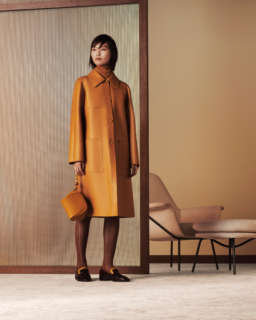
One notable incident that brought ‘Quiet Luxury’ into the spotlight was Gwyneth Paltrow’s appearance in court, clad in an impeccably tailored but discreet pantsuit. This choice perfectly exemplified the essence of ‘Quiet Luxury,’ showcasing the ability to convey elegance and affluence without resorting to overt displays of wealth.
The appeal of ‘Quiet Luxury’ lies in its ability to provide billionaires with a paradoxical blend of ordinariness and exclusivity. By adorning themselves in seemingly commonplace clothing, these individuals are able to blend in with the masses while exuding an air of refinement and extravagance. The garments they choose may appear unassuming to the untrained eye, but their true worth is hidden in the finest craftsmanship, luxurious materials, and meticulous attention to detail.
One prime example of this trend can be found in the wardrobe of Facebook founder Mark Zuckerberg, often seen sporting plain white or grey t-shirts that carry a hefty price tag. Such minimalistic pieces become the epitome of ‘Quiet Luxury,’ encapsulating the allure of hidden opulence within simplicity.
While ‘Quiet Luxury’ is not an entirely novel concept, its popularity has surged in recent times. The trend offers a safe and non-risky approach to fashion, favoring monochrome palettes, classic cuts, and timeless styles that are unlikely to fade away. This makes ‘Quiet Luxury’ an attractive option for those who seek to present themselves as both presentable and affluent, while also ensuring their fashion choices remain perpetually relevant.

In an era where ostentatious displays of wealth often dominate the fashion landscape, ‘Quiet Luxury’ stands as a captivating alternative, enticing the ultra-rich with its subtle allure. By embracing this trend, billionaires and celebrities alike have found a way to project their affluence with grace and sophistication, making a powerful statement without uttering a word.
As the influence of ‘Quiet Luxury’ continues to grow, we can only speculate on how this trend will shape the fashion industry in the coming years. Perhaps it will inspire a broader shift towards understated elegance and timeless style, encouraging individuals to redefine what it truly means to be fashionably wealthy.
-

 Style10 months ago
Style10 months agoBridal Guide : Best Looks of Radhika Merchant Ambani
-
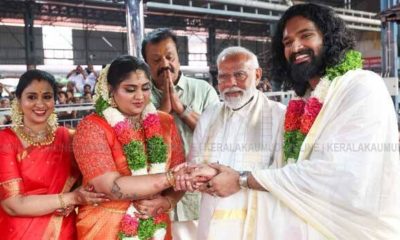
 Entertainment1 year ago
Entertainment1 year agoThe Stunning looks from Bhagya Suresh’s Wedding
-

 Fashion1 year ago
Fashion1 year agoMost Discussed Ajrakh Saree of Alia Bhatt
-

 Entertainment1 year ago
Entertainment1 year agoThe Most Stylish Guests of Bhagya Suresh Reception
-

 Entertainment1 year ago
Entertainment1 year agoBridal Bliss : All Bridal Looks of Swasika Vijay
-

 Movies1 year ago
Movies1 year agoA Nostalgic Journey Through Love &Cinema : Best Bollywood Romantic 90s Movies
-
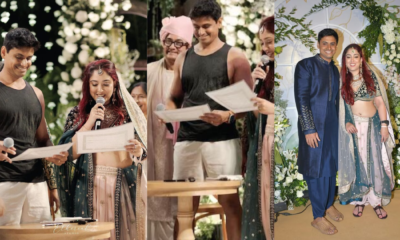
 Entertainment1 year ago
Entertainment1 year agoEverything about the Ira Khan wedding that is out of the norm
-

 Fashion1 year ago
Fashion1 year agoMajor Denim Trends You Need To Know in 2024







